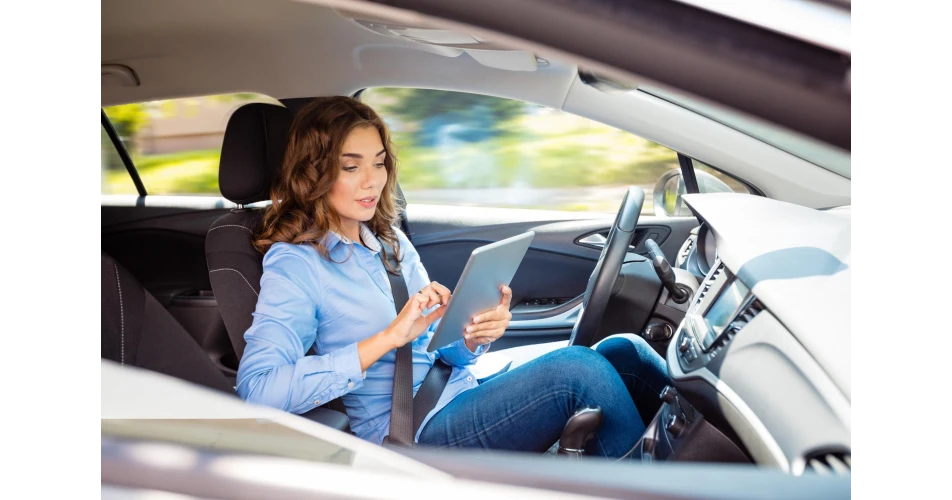The RAC Foundation in the UK has warned that the concept of drivers taking back control on an autonomous vehicle in an emergency is fraught with difficulty and will need more training and new technology to be safely achievable.
Research by the Human Factors Research Group at the University of Nottingham for the RAC Foundation suggests that vehicles with level 3 autonomy, those that can drive themselves in certain circumstances, offer real value to people, but might also pose significant challenges for their drivers.
The study involved 49 people of varying ages using a high-fidelity driving simulator on a simulated ‘commute-style’ journey for five days in a row. It sought to explore how drivers might choose to spend their time having selected the ‘automated driving’ option for a twenty-minute dual carriageway section of the journey.
80% of participants commonly used their smart phones when the car was driving itself, with 25% of people reading books or newspapers at least once during the week, and others working on laptop computers.
The study also considered how drivers coped with handover situations, where the vehicle either routinely gave back control, such as before exiting the dual carriageway, or in an emergency situation. Many participants were not very well prepared to take over control, demonstrating significant lane swerving when control was handed back to them, even after being provided with advanced warning associated with routine handovers. Approximately half of the drivers also had to look at the floor to check their feet were on the correct peddles when asked to retake control. Such behaviour shows that drivers found it difficult to gauge the feel of the car controls when the vehicle was in motion and suggests that situation awareness and driving performance will take time to recover after they have been “out of the loop” doing other things.
Steve Gooding, director of the RAC Foundation, said, “If conditionally automated vehicles are to be allowed onto the public road then their designers are going to have to apply their minds to the circumstances where drivers will be invited, or required, to retake control. Re-taking control of a speeding car is a dangerous task, and the idea of the human driver being available to take over in an emergency looks to be fraught with difficulty.”
